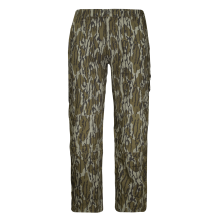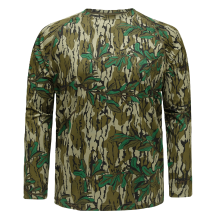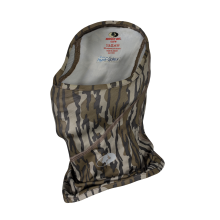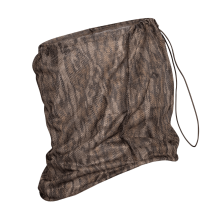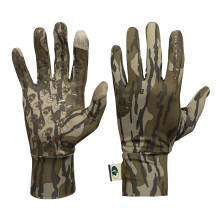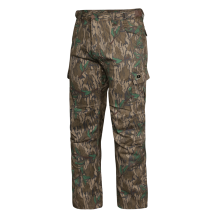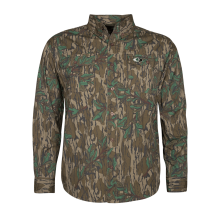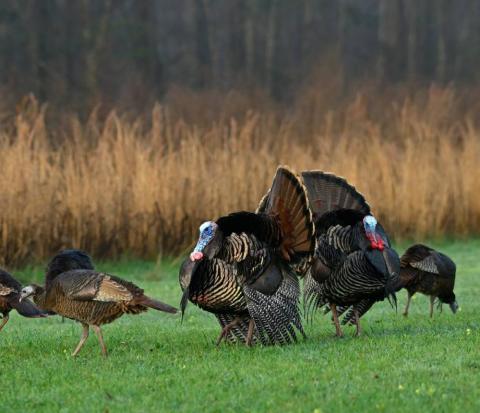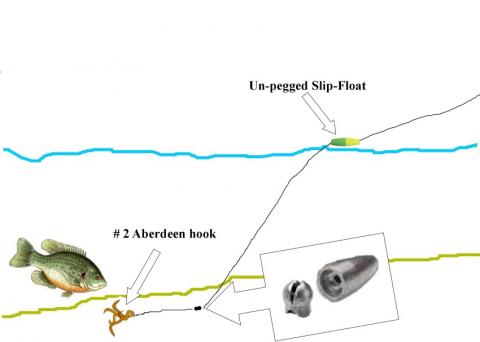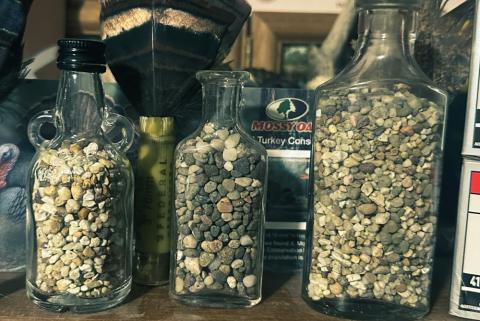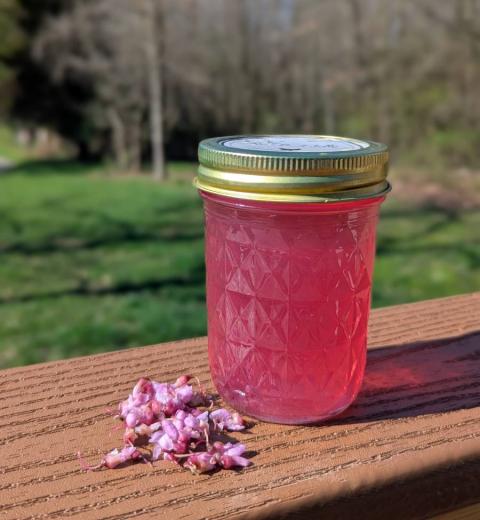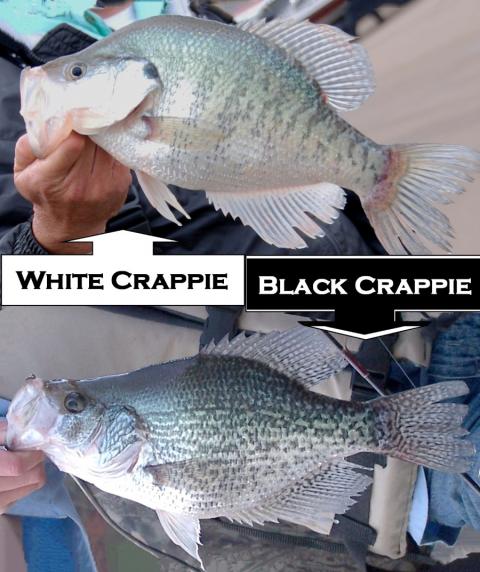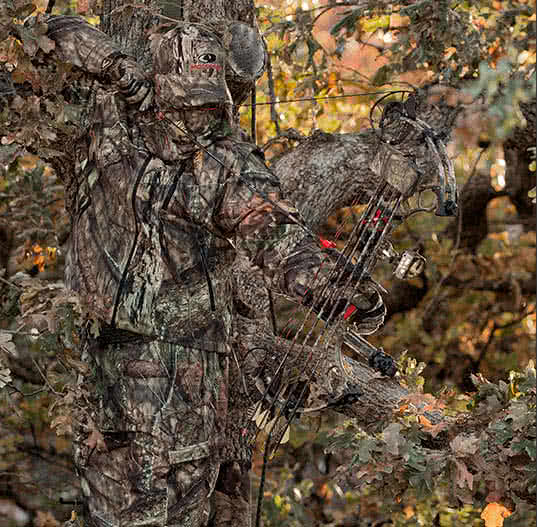By George Fiorille. Fiorille is an outdoor communicator and avid angler from Upstate New York. Besides his outdoor writing, he also teaches bass fishing at Cornell University, does tackle/marine promotions and tournament fishes.
Thinking Outside the Box for Crappie and Perch

Fishing for crappie, perch, and other panfish during some low activity periods, can be very difficult. Traditional methods of just still fishing with live bait or casting with small jigs may not get you the results you desire.
Unfortunately, when fishing success is slow or non-existent most anglers just write it off as a bad day. If this happens, why not try doing something new for a change that the fish may have not seen in a while... or even ever before? Avid panfish anglers who go through these tough times resort to unorthodox techniques to score.
Try the Drop Shot Rig for Panfish
The drop shot rig is one of the deadliest set-ups for bass the past several years. It also works extremely well at times for panfish such as perch, rock bass, and bluegills. This finesse rig consists of a short shank hook tied riding point up approximately 6”-18" above a drop shot weight. The shallower your depth the fish are in the shorter your leader length to the sinker should be. If you want to get the maximum feel for your strikes try using 8-10-pound braided line with a 4-6-pound fluorocarbon leader. You can use this rig with live bait, small minnow, or crawfish imitations.
If you are really into a large school of fish with the drop shot rig you can double your chances of catching fish. Instead of using a bottom hugging sinker use a small jig head with a grub or small hair jig for a double presentation. With this rig, sometimes you can pull in two at a time. As with other fish such as bass, a multi rig is needed to trigger panfish. This may work during cold water and inactive periods.
The Alabama or Umbrella Rig
Another multi lure presentation to try is to cast a small Alabama or umbrella rig. Companies such as Yum and others make a mini rig with 3 wires that will hold 3 small jigs.
Finding Panfish in the Weeds

Avid bass anglers know that if fish are not on or off of weed edges, they are usually in the weeds and you have to go in after them. Panfish can be the same way. Try using the drop shot rigs mentioned or panfish jigs with a weed guard by casting them into holes or pockets in the grass.
Huge rock bass during some seasons can be found in these areas as well. You can score on these in the same area by using a crawfish-colored soft plastic bait such as a beaver bait or a rubber skirted casting jig. Instead of using a heavy sinker and flipping hook, tone it down and cast with a lighter wide bend worm hook in smaller sizes and a lighter slip sinker.
If you are after larger panfish, you can score on them by using certain other bass techniques. Small spinnerbaits cast in weed beds and pockets will often catch the largest panfish in a lake.
The larger fish such as perch seem to hide in cover to avoid the pike and musky that are roaming outside the weed beds. Use a tandem bladed model for better lift. Don’t be afraid to pause the lure and let it flutter down into a hole. This excels with a single spin. Also, if you attach a small trailer hook, you can catch more short strikers. I have caught some of my largest panfish such as crappie, perch, and rock bass while casting larger lures for bass.
Catching Panfish in Deep Water
During late fall, panfish such as perch and others go very deep. Many panfish anglers have trouble fishing in depths of 30’-60’. The largest perch I have ever caught and had mounted was one that was almost 16” long. It was taken by sliding a jig along the bottom in almost 40’ of water. It was caught in late fall while fishing for deep water smallmouth bass. The jumbo perch was caught on a ¾-ounce spider jig. Try this for cold water panfish with a smaller Ned rig worm rigged with an open hook set up on a Carolina rig.
Trolling for Crappie
Scott Lillie of the Chattanooga, TN area is a well-known fishing guide for walleye and trout. One of Lillie’s other specialties is to troll for crappies. Lillie uses smaller deep diving cranks such as Walleye Nation’s Boogie Shad in sizes 4# and 5#. He does this successfully from the post spawn period until fall.
Lillie trolls for crappie usually suspended in 13’-18’ and in depths of up to 30’. Besides chasing suspended fish in open water, he often scores on crappies hugging close to weed lines. The depths will usually depend on water clarity and recent rain fall. Scott will troll the baits at 1.4 mph to 1.8 mph. Sometimes he even goes as low as .6 mph to give the baits a wider wobble.
Lillie will troll 8 rods at a time doing this technique. His lines consist of using Trilene Big Game 10 lb. monofilament with a 7-foot, 6-pound test Vanish fluorocarbon leader attached with a uni knot. On each line Scott uses a Tadpole No. 1 release which is a type of the more well-known Dipsey Diver release. This apparatus helps the lure track down but will release when triggered not to cause resistance when fighting the fish.
Most of the time Scott will troll for crappie with his kicker gas motor. He has a good tip for anglers who want to pursue this type of crappie fishing. “While the kicker gas trolling motor often works for this technique, by trolling with a quieter electric motor can help to catch more inactive fish.
If you are out fishing and the usual panfish tactics fail to produce, try one of the uncommon tactics mentioned. The success you have with the new pattern may just become one of your favorites. Fish on!







